Let’s explore the 450 Bushmaster – why would you use the straight-walled cartridge and what is it especially good for shooting?
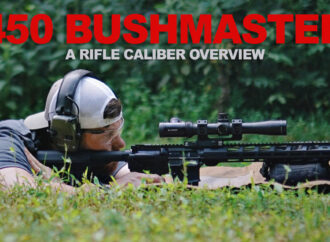

Let’s explore the 450 Bushmaster – why would you use the straight-walled cartridge and what is it especially good for shooting?
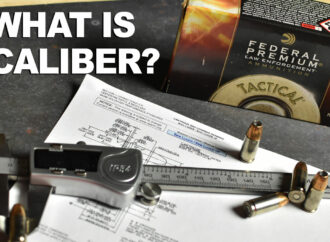
A guide for new shooters, this article answers one of the first questions we all have to answer – what is caliber and what does it mean?
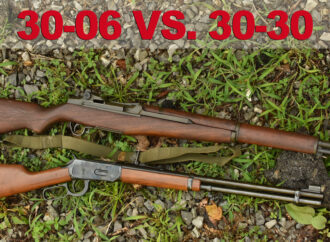
30-06 vs. 30-30, two tried-and-true rifle cartridges are commonly found in the field. Let’s examine these two calibers and see the pros and cons of each as well as why you might opt for one in your arsenal over the other.
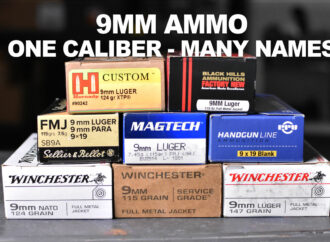
If you’ve shot for long, you know the aliases of 9mm ammo: 9×19, 9mm Luger, 9mm NATO. In this article, we explore the intricacies of each and any differences between the many names of 9mm ammo.

357 Magnum vs. 357 SIG: These two calibers sound similar and while the performance can be about the same, they have very different uses. 357 magnum is a classic revolver round, while the other is a modern semiautomatic cartridge. Understanding the differences can make you a better gun owner and user.
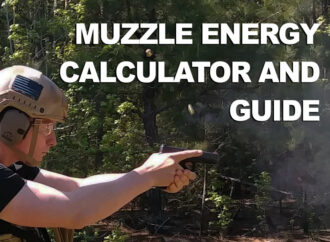
As gun people, we often become obsessed with ballistic data, particularly with energy and velocity. It’s easy to understand why we get so deep into the numbers. Muzzle velocity and energy are often stamped right on ammo packaging. Muzzle energy is a prime comparative figure and could be the reason you pick one load over another. In this guide, we’ll examine why muzzle velocity is important and how you can use it to be a more effective hunter and more prepared self-defense shooter.
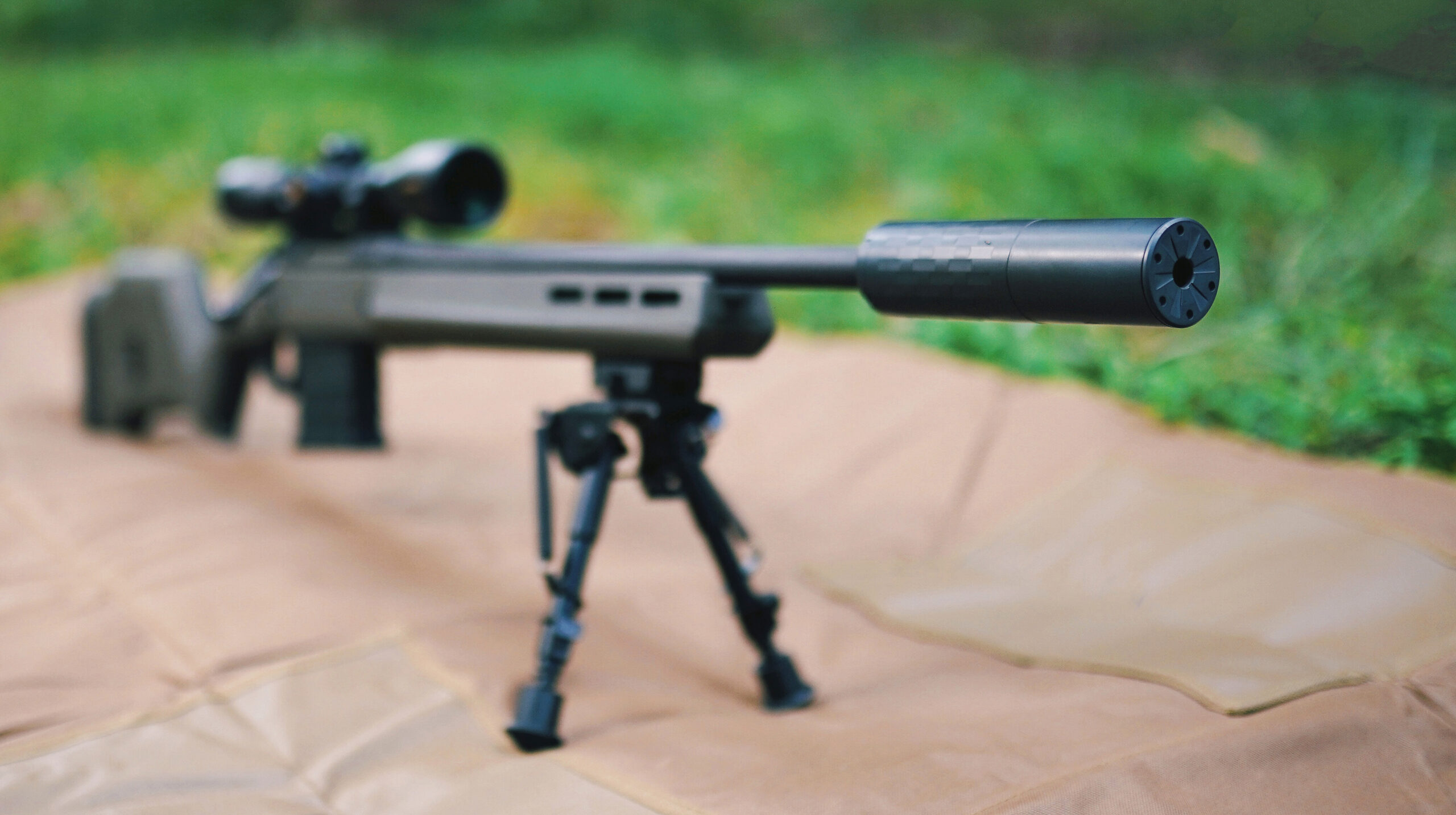
This project is a massive look at silencers with testing data that shows exactly what difference a suppressed firearm can make on your sound levels while shooting.
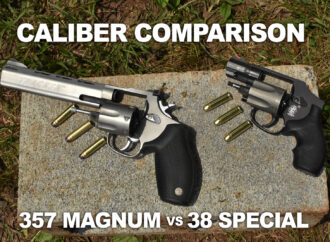
Let’s take a look at what separates two common handgun calibers – 38 special vs. 357 magnum.